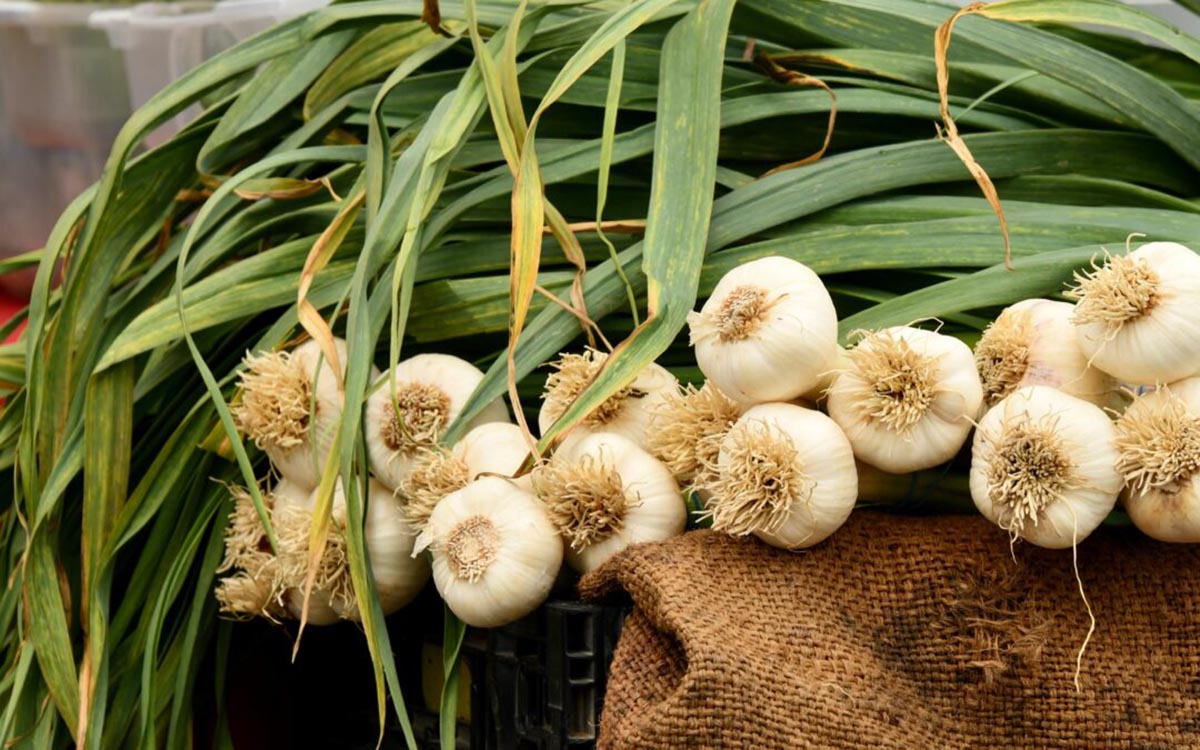

Articles
How To Store Fresh Garlic From The Garden
Modified: February 27, 2024
Learn how to store fresh garlic from the garden with this informative article. Find out the best methods and tips for preserving your garlic's flavor and freshness.
(Many of the links in this article redirect to a specific reviewed product. Your purchase of these products through affiliate links helps to generate commission for Storables.com, at no extra cost. Learn more)
Introduction
Welcome to the wonderful world of garlic gardening! If you’re a garlic enthusiast like me, then you know that nothing compares to the taste and aroma of freshly harvested garlic from your own garden. But what do you do with all that garlic once it’s been pulled from the ground?
Storing fresh garlic properly is essential to preserve its quality and flavor for extended periods. Whether you have an abundant harvest or a just a few bulbs, having the right storage method can make all the difference. In this article, we will explore various ways to store fresh garlic, ensuring that you can enjoy its deliciousness long after the gardening season has ended.
Before we dive into the details, let’s gather the supplies you’ll need to properly store your garlic. You’ll only need a few items, so don’t worry about breaking the bank on fancy equipment.
Supplies:
- Garlic bulbs
- Twine or rubber bands
- Scissors or pruning shears
- Mesh bags or baskets
- Airtight containers
- Plastic wrap or freezer bags (if storing in the freezer)
- Vinegar, salt, and glass jars (if pickling)
- Blender or food processor (if making garlic powder or paste)
Now that you have your supplies ready, let’s move on to the next step: harvesting the garlic.
Key Takeaways:
- Properly storing fresh garlic is crucial for preserving its flavor and quality, ensuring that you can enjoy the unique taste long after the growing season is over.
- From freezing to pickling and creating garlic powder or paste, there are various methods to store fresh garlic, each offering its own benefits and versatility.
Read more: How To Store Garlic From The Garden
Gathering Supplies
Before you embark on the adventure of storing fresh garlic, it’s important to gather all the necessary supplies. Having everything ready will make the process smoother and more efficient, allowing you to properly handle and store your precious garlic bulbs.
Here is a list of supplies you’ll need:
- Garlic bulbs: Ensure that you have mature garlic bulbs that have been properly cured. These bulbs should be firm, with intact papery skins.
- Twine or rubber bands: These will come in handy for bundling your garlic and hanging it up for curing.
- Scissors or pruning shears: You’ll need these to trim the roots and tops of the garlic bulbs before storage.
- Mesh bags or baskets: These will provide proper ventilation for storing garlic and prevent moisture buildup.
- Airtight containers: If you prefer storing garlic in a cool dry place or in the fridge, airtight containers will help maintain the freshness and prevent odors from spreading.
- Plastic wrap or freezer bags: If you plan on freezing your garlic, these will help protect it from freezer burns and keep it fresh.
- Vinegar, salt, and glass jars: For those interested in pickling garlic, these items are essential. They will help preserve the garlic and infuse it with delicious flavors.
- Blender or food processor: If you want to make garlic powder or paste, these appliances will make the process quick and easy.
By having these supplies readily available, you’ll be well-prepared to tackle the task of storing fresh garlic. Now that you’ve gathered everything you need, it’s time to move on to the next step: harvesting the garlic from your garden.
Harvesting Garlic
After months of patiently waiting, it’s finally time to harvest your garlic! This is an exciting time for any gardener, as the reward for your hard work and dedication is finally within reach. Properly harvesting garlic is crucial to ensure that it reaches its full flavor potential and can be stored effectively.
Here’s a step-by-step guide to harvesting garlic:
- Check for readiness: Garlic is usually ready for harvest when the leaves start to turn yellow or brown. At this stage, the bulbs should be plump and well-formed. Avoid leaving garlic in the ground for too long, as the bulbs may split or begin to rot.
- Loosen the soil: Use a garden fork or shovel to gently loosen the soil around the garlic bulbs. Be careful not to pierce or damage the bulbs in the process.
- Lift the bulbs: Carefully lift the garlic bulbs from the ground, ensuring that you don’t pull them out by the leaves. Grab the bulb from the base and gently lift upwards.
- Clean off excess soil: Gently remove any excess soil clinging to the garlic bulbs. Avoid washing the bulbs, as excess moisture can lead to rotting during storage.
- Trim the roots and tops: Use scissors or pruning shears to trim the roots to about half an inch in length. Cut off the tops, leaving about an inch of stem attached to the bulb. This will help prevent moisture loss and maintain the bulb’s integrity during storage.
- Curing: To further enhance the flavor and stability of your garlic, it is crucial to cure it properly. Curing involves drying the garlic in a warm, well-ventilated area for a few weeks. Hang the garlic in bundles or lay them on a screen or mesh tray, ensuring good airflow. Avoid exposing the garlic to direct sunlight, as it can cause the bulbs to discolor or become sunburned.
Harvesting garlic is a rewarding and satisfying process. Take your time, handle the bulbs gently, and enjoy the sweet aroma that fills the air. Once you’ve successfully harvested your garlic and allowed it to cure, it’s time to move on to the next step: cleaning the garlic.
Curing Garlic
Curing is a crucial step in the storage process of fresh garlic. This method allows the garlic to dry out, which enhances its flavor and extends its shelf life. Properly cured garlic will have a firm texture, a papery skin, and a deep, intense flavor that adds a delightful pungency to your culinary creations.
Here’s how to properly cure your freshly harvested garlic:
- Choose the right location: Find a warm, dry, and well-ventilated area for curing your garlic. A shaded porch or a well-ventilated room with good airflow is ideal.
- Bundle the garlic: Take a few garlic bulbs and group them together, with the stems or tops facing upward. Use twine or rubber bands to secure the bundles, making sure they are not too tight to allow for proper airflow.
- Hang or lay the bundles: Hang the garlic bundles upside down in a well-ventilated area, such as a horizontal bar or a clothesline. Alternatively, you can lay the bundles on a screen or mesh tray. Ensure that they are not touching each other to encourage proper airflow.
- Avoid direct sunlight: Keep the curing garlic away from direct sunlight, as it can cause the bulbs to discolor or become sunburned.
- Patience is key: Allow the garlic to cure for 2 to 4 weeks. During this time, the garlic will gradually dry out, resulting in a firm texture and a papery skin.
- Check for readiness: After the curing period, check the garlic bulbs for dryness. The outer skin should feel papery to the touch, and the cloves should be firm. If any bulbs are still moist or have soft spots, continue the curing process for a bit longer.
Properly cured garlic will have a longer shelf life and retain its flavor for months. Once your garlic is fully cured, it’s time to move on to the next step: cleaning the garlic before storage.
Cleaning Garlic
After allowing your freshly harvested garlic to properly cure, it’s time to give it a good cleaning before storing it. Cleaning garlic helps remove any remaining dirt or debris and ensures that your garlic is ready to be stored without any moisture that could lead to spoilage.
Here’s a step-by-step guide on how to clean your garlic:
- Gently remove the outer layers: Carefully peel off the outermost papery layers of the garlic bulb. This will help reveal the clean cloves underneath.
- Inspect for any damage or mold: Examine each garlic bulb for any signs of damage or mold. Discard any bulbs that are soft, discolored, or have mold growth, as they can contaminate the rest of your stored garlic.
- Remove excess dirt: Use a soft brush or your fingertips to gently remove any remaining dirt or debris from the garlic bulbs. Avoid using water, as excess moisture can lead to rotting during storage.
- Trim the roots: Trim the roots of each garlic bulb, leaving about half an inch in length. This will result in a neater appearance and prevent any excess moisture buildup.
- Store the cleaned garlic properly: Now that your garlic is clean and ready for storage, it’s time to choose the best storage method based on your preferences and available resources.
Cleaning garlic may seem like a simple task, but it is an essential step in ensuring the longevity and quality of your stored garlic. By taking the time to clean and inspect each bulb, you can catch any potential issues early on, ensuring that you store only the best garlic for culinary delights to come.
With your garlic cleaned and prepped, it’s time to explore different storage methods. In the next section, we will discuss the various options for storing your garlic to maintain its freshness and flavor for as long as possible.
Read more: How To Store Fresh Garlic
Choosing the Storage Method
When it comes to storing fresh garlic, there are several options to choose from. The ideal storage method will depend on your preferences, available space, and the desired shelf life of your garlic. It’s important to select a method that will maintain the garlic’s freshness, flavor, and texture for as long as possible.
Here are some popular storage methods for fresh garlic:
- Storing garlic in a cool, dry place: This is one of the most common storage methods for garlic. Find a cool and dry area in your kitchen or pantry, away from direct sunlight and moisture. Garlic cloves can be kept loose, in mesh bags, or in baskets, allowing for proper air circulation.
- Freezing garlic: Freezing is a great option if you have a surplus of garlic or want to preserve it for an extended period. Peel and finely chop the garlic cloves or freeze them whole. Place the garlic in plastic wrap or freezer bags, removing any excess air before sealing. Frozen garlic can last for several months.
- Pickling garlic: Pickled garlic provides a tangy and flavorful twist to your recipes. To pickle garlic, peel the cloves and pack them in sterilized glass jars. Create a pickling solution with vinegar, salt, and any desired herbs or spices. Pour the solution over the garlic cloves, ensuring they are fully submerged. Seal the jars and store them in a cool, dark place. Pickled garlic can last for months, if not longer.
- Making garlic powder or paste: If you enjoy the convenience of pre-minced garlic or want to add garlic flavor to dishes quickly, making garlic powder or paste is a fantastic option. Peel and finely chop the garlic cloves. Spread them on a baking sheet and dry them in a low-temperature oven until completely dehydrated. Once dried, blend the garlic into a fine powder or process it into a paste. Store the powder or paste in airtight containers away from heat and moisture.
Choose the storage method that suits your needs and preferences. Remember to consider the quantity of garlic you have, the desired shelf life, and the available storage space. Now that you’ve selected your storage method, it’s time to put your garlic into storage. In the following sections, we will explore each storage method in more detail.
Store fresh garlic from the garden in a cool, dry, well-ventilated place, such as a pantry or a mesh bag hung in a dark area. Avoid storing in the refrigerator, as it can cause the garlic to sprout.
Storing Garlic in a Cool Dry Place
Storing garlic in a cool, dry place is a tried and true method that allows you to enjoy the freshness and flavor of your garlic for an extended period. The key is to find a location that provides the right conditions to keep your garlic in optimal condition.
Here’s how to store garlic in a cool, dry place:
- Choose the right spot: Find a cool area in your kitchen or pantry that stays consistently dry. Avoid areas that are exposed to direct sunlight or prone to extreme changes in temperature.
- Keep the garlic loose or use mesh bags: Garlic needs proper air circulation to prevent moisture buildup and keep it fresh. You can keep the garlic bulbs loose on a shelf or use mesh bags or baskets to store them, allowing air to flow freely.
- Avoid storing with moisture-producing foods: Keep garlic away from moisture-producing foods like potatoes or onions, as they can contribute to the deterioration of the garlic.
- Check regularly for spoilage: Periodically inspect your stored garlic for signs of spoilage or mold. Remove any bulbs that show signs of degradation to prevent contamination.
By following these simple steps, you can store your garlic in a cool, dry place and enjoy its freshness for several months. Remember to use the oldest bulbs first to prevent any waste.
If you have a surplus of garlic or want to have it readily available for future use, you might consider freezing your garlic. Let’s explore this storage method in the next section.
Freezing Garlic
Freezing garlic is a fantastic option if you have a surplus of garlic or want to preserve it for an extended period. Freezing allows you to keep the flavor and aroma of fresh garlic intact, ready to be used whenever needed.
Here’s how to properly freeze garlic:
- Peel and finely chop the garlic: Start by peeling the garlic cloves. Finely chop them to your desired size. Alternatively, you can also freeze the cloves whole if you prefer.
- Prepare for freezing: Place the chopped garlic or whole cloves in a freezer-safe container, such as plastic wrap or freezer bags. If using plastic bags, squeeze out any excess air before sealing to prevent freezer burn. Alternatively, you can also use ice cube trays to freeze individual portions of minced garlic.
- Date and label: It’s important to label your frozen garlic with the date so you can keep track of its freshness. This will help you use the oldest garlic first and maintain a rotation system.
- Store in the freezer: Place the containers of garlic in the freezer, making sure they are flat and not stacked on top of each other. This will allow for even freezing and easy storage.
- Thawing and using frozen garlic: When you’re ready to use the frozen garlic, simply take out the desired amount and allow it to thaw at room temperature for a few minutes. Alternatively, you can add frozen garlic directly to your cooking, as the heat will quickly thaw it.
Frozen garlic can last for several months, maintaining its flavor and aroma. It’s a convenient option to have on hand for various recipes, especially when fresh garlic is not readily available. Just remember to use the garlic within a reasonable time frame to ensure optimal flavor.
If you’re looking for a unique and flavorful way to store your garlic, pickling it might be the perfect choice. Let’s explore pickling garlic in the next section.
Pickling Garlic
If you’re looking for a delicious twist on storing garlic, pickling is a fantastic option. Pickled garlic adds a tangy and flavorful punch to dishes, making it a versatile and exciting addition to your culinary creations.
Here’s how to pickle garlic:
- Peel the garlic cloves: Start by peeling the cloves of garlic, removing their outer skin.
- Prepare the pickling solution: In a saucepan, combine equal parts vinegar and water. Add salt and any desired herbs or spices to the mixture. You can get creative with your flavors by adding ingredients like peppercorns, chili flakes, or herbs like dill or rosemary.
- Heat and simmer: Bring the pickling solution to a gentle simmer, allowing the salt to dissolve and the flavors to infuse the liquid. Let it simmer for a few minutes to enhance the taste.
- Pack the garlic and solution: Place the peeled garlic cloves into sterilized glass jars. Pour the pickling solution over the garlic, ensuring that the cloves are fully submerged. Leave a small headspace at the top of the jar to allow for expansion.
- Seal and store: Seal the jars tightly with their lids and store them in a cool, dark place, such as a pantry or cellar. Allow the jars to sit for a few weeks to allow the flavors to develop and the garlic to pickle.
- Enjoy your pickled garlic: After the pickling period, your garlic is ready to be enjoyed! Use the pickled garlic in salads, antipasto platters, sandwiches, or as a tangy addition to any dish that could use a flavor boost.
Pickled garlic can last for several months, if not longer. The tangy and savory flavors of the pickling solution penetrate the garlic cloves, resulting in a delightful and versatile ingredient that adds a unique twist to your culinary creations.
If you prefer a more concentrated form of garlic that is easy to use in various recipes, making garlic powder or paste might be the perfect option. Let’s explore the process of making garlic powder or paste in the next section.
Making Garlic Powder or Paste
If you’re looking to have a concentrated form of garlic readily available for your cooking needs, making garlic powder or paste is a convenient and versatile option. Garlic powder and paste can be easily incorporated into a wide variety of recipes, adding a flavorful kick to your dishes.
Here’s how to make garlic powder or paste:
- Peel and finely chop the garlic cloves: Start by peeling the garlic cloves and finely chopping them. The finer the chop, the easier it will be to transform them into powder or paste.
- Drying the garlic for powder: Spread the chopped garlic on a baking sheet lined with parchment paper. Place the sheet in a preheated oven set to a low temperature (around 150°F/65°C). Let the garlic dry out in the oven for a few hours, or until it becomes completely dehydrated and brittle.
- Blending into powder: Once the dried garlic has cooled, transfer it to a blender or food processor. Blend until you achieve a fine powder consistency. Store the garlic powder in an airtight container away from heat and moisture.
- Making garlic paste: If you prefer garlic in paste form, simply blend the fresh chopped garlic in a blender or food processor until it forms a smooth and creamy paste. You can add a small amount of oil, such as olive oil, to help achieve the desired consistency. Store the garlic paste in a small airtight container in the fridge for easy access.
- Using garlic powder and paste: Garlic powder can be used in a wide range of dishes, such as soups, stews, marinades, rubs, or as a seasoning for roasted vegetables. Garlic paste is excellent for adding quick garlic flavor to sauces, dressings, or any recipe that calls for minced or crushed garlic.
Making your own garlic powder or paste allows you to have a convenient and concentrated form of garlic that can elevate the flavors of your dishes. Just remember to store the powder and paste properly to maintain their freshness and potency.
Now that you’ve learned various methods for storing garlic, choose the option that best suits your needs and preferences. With proper storage, you can enjoy the flavors and benefits of fresh garlic long after your harvest!
Even with the best storage methods, it’s important to use your stored garlic within a reasonable time frame to ensure the best taste and quality. Experiment with different storage techniques to find the one that suits your preferences and circumstances. Happy cooking!
Conclusion
Growing and harvesting fresh garlic from your garden is a source of pride and joy for any gardener. But the journey doesn’t end there. Properly storing your garlic is essential to preserve its flavor and quality, ensuring that you can enjoy its unique taste long after the growing season is over.
In this article, we explored various methods for storing fresh garlic. From storing it in a cool, dry place to freezing, pickling, and creating garlic powder or paste, each method offers its own benefits and allows you to enjoy the versatility of garlic in different forms.
When storing garlic, it’s important to consider factors such as available space, desired shelf life, and personal preferences. Whether you choose to store your garlic in a cool pantry, freeze it for long-term use, pickle it for a tangy twist, or create garlic powder or paste for convenience, the key is to follow the appropriate guidelines and ensure proper storage conditions.
Remember to harvest your garlic at the right time, cure it properly to enhance flavor and stability, clean it thoroughly before storage, and choose the storage method that best suits your needs. Regularly inspect your stored garlic to catch any signs of spoilage or deterioration, and use the oldest bulbs first to avoid waste.
By following these guidelines, you can enjoy the rich and robust flavors of your homegrown garlic throughout the year. Whether you’re adding a touch of garlic to your favorite recipes or experimenting with new culinary creations, the fresh and aromatic flavor of garlic will undoubtedly elevate your dishes to new heights.
So, embrace the art of storing fresh garlic and savor the fruits of your gardening labor. With proper storage techniques, you can relish the taste and aroma of the garden in every meal. Happy storing and happy cooking!
Frequently Asked Questions about How To Store Fresh Garlic From The Garden
Was this page helpful?
At Storables.com, we guarantee accurate and reliable information. Our content, validated by Expert Board Contributors, is crafted following stringent Editorial Policies. We're committed to providing you with well-researched, expert-backed insights for all your informational needs.
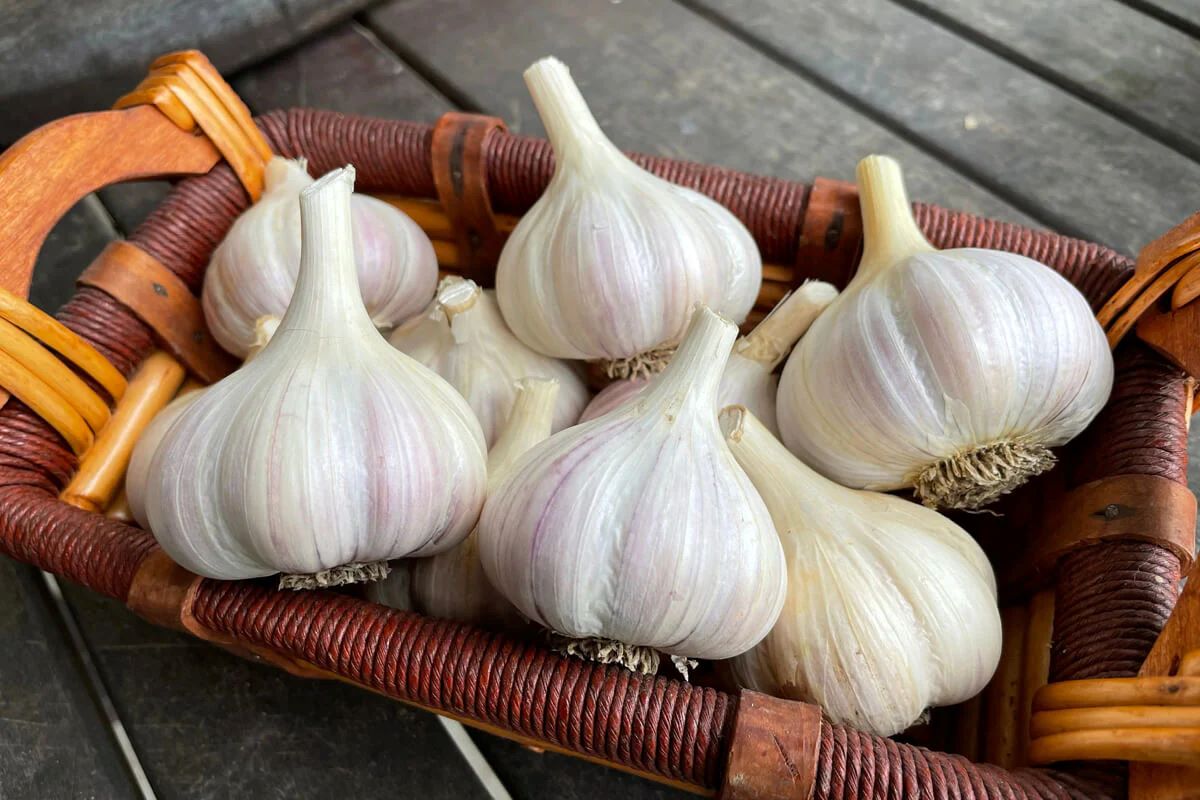
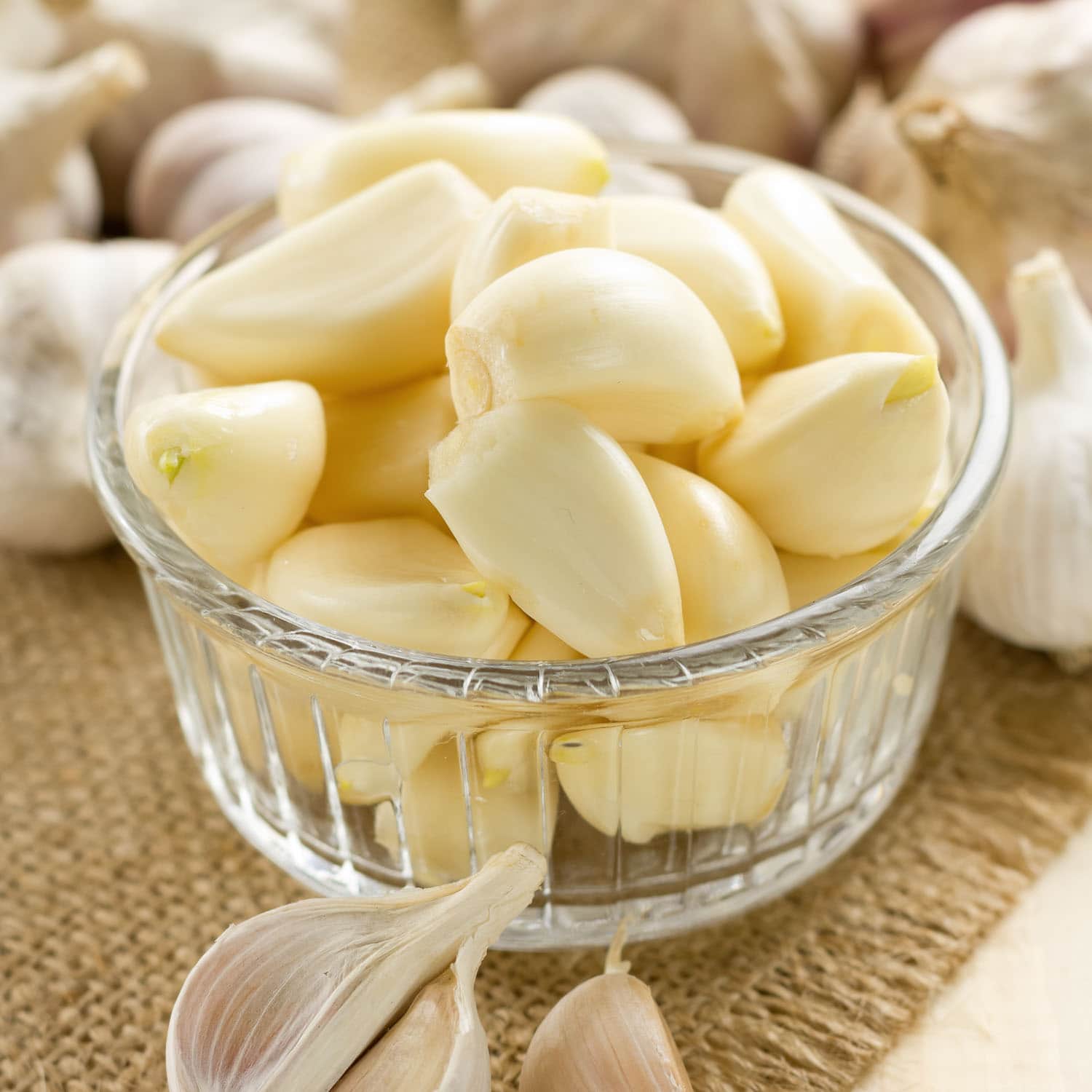
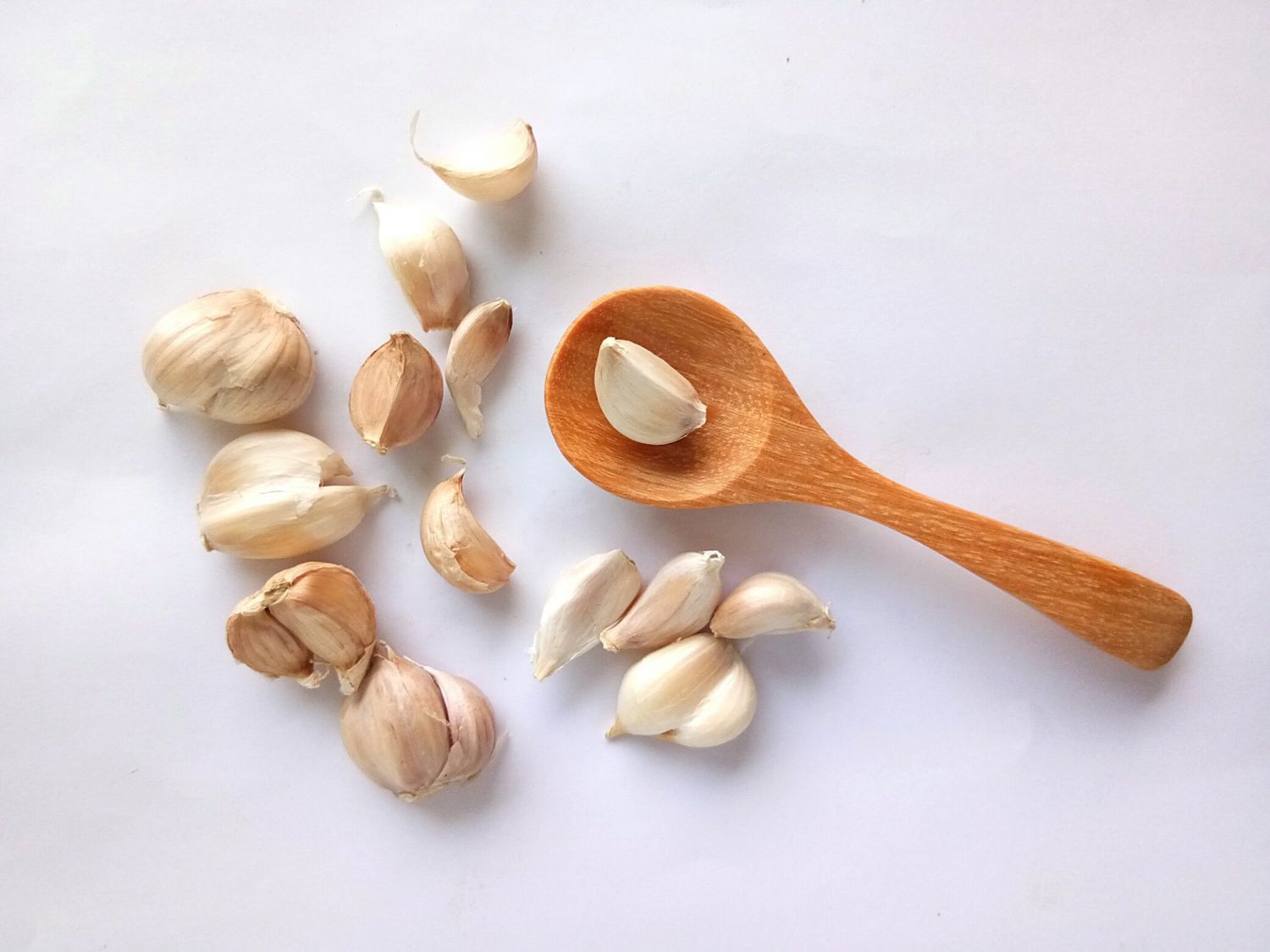
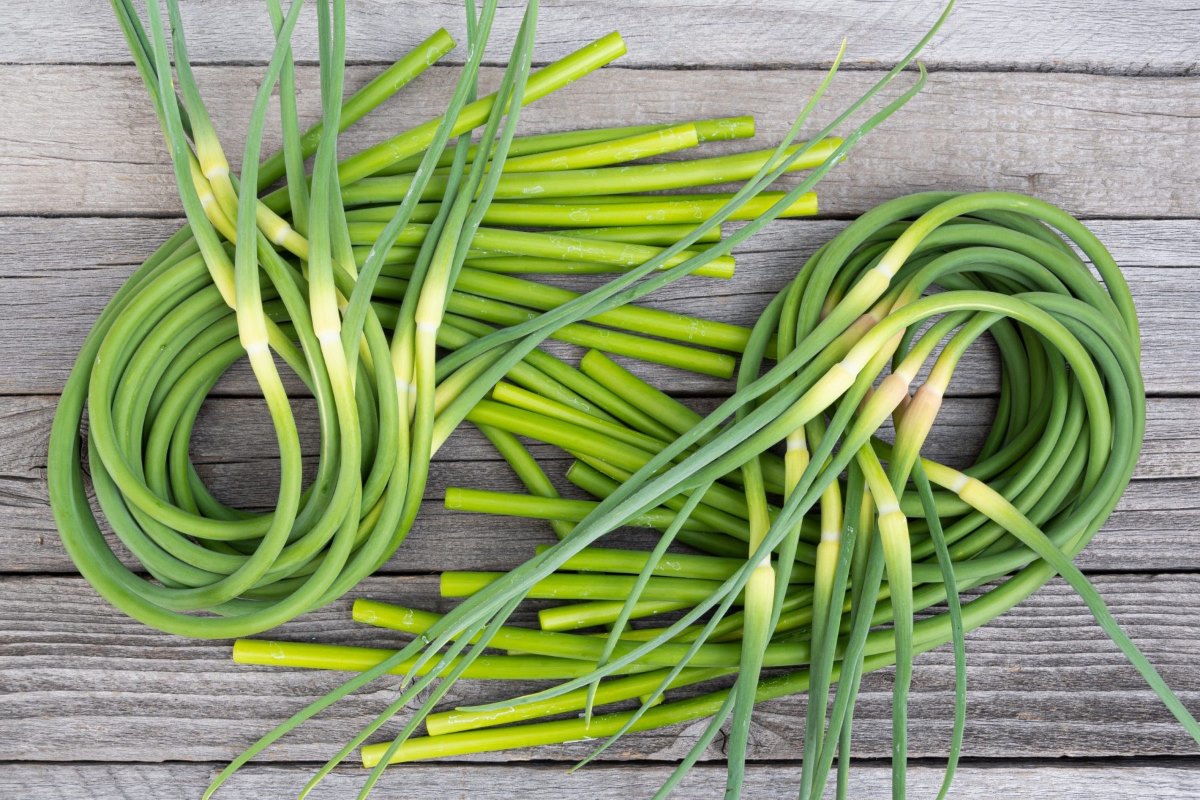
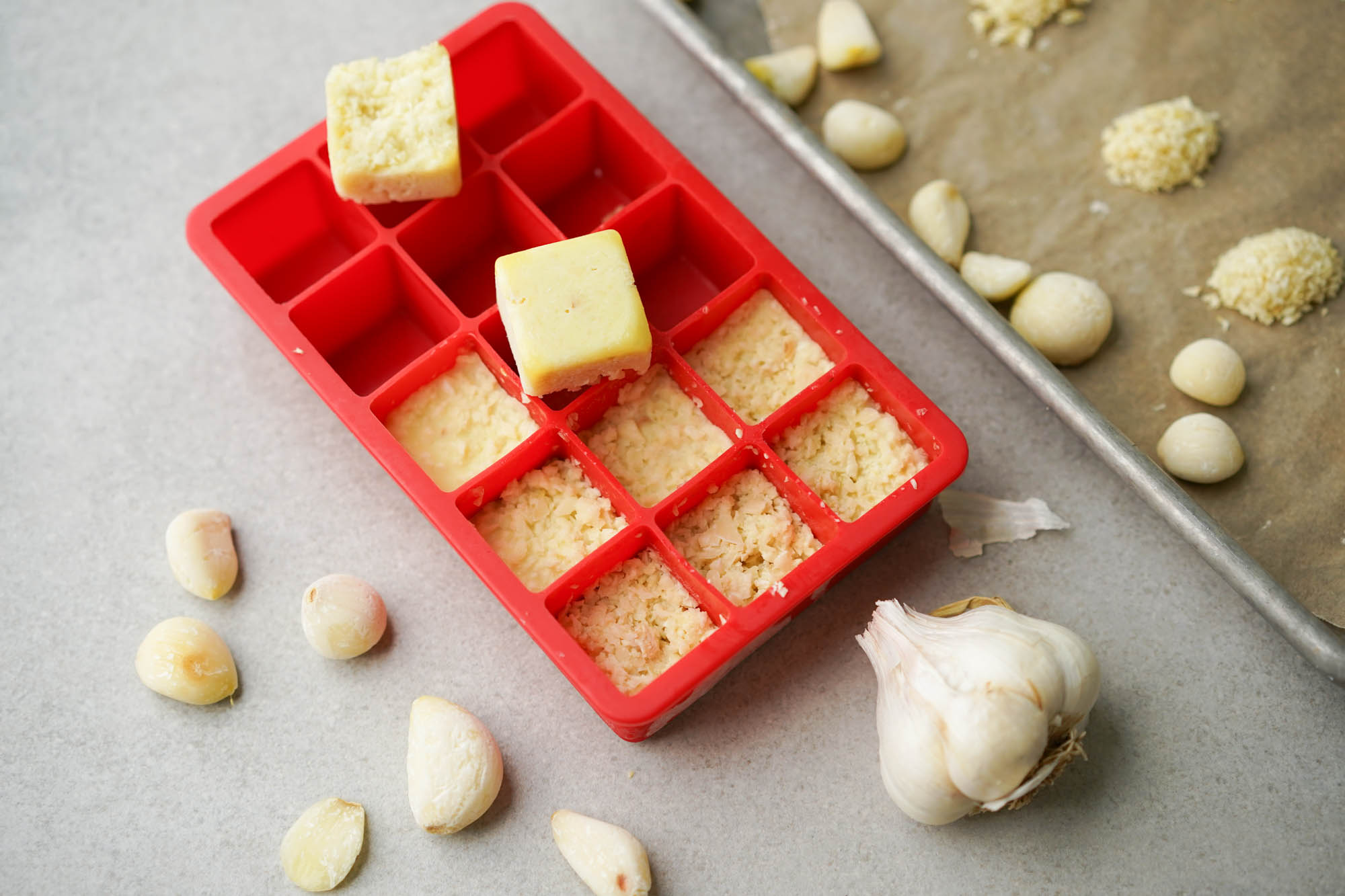

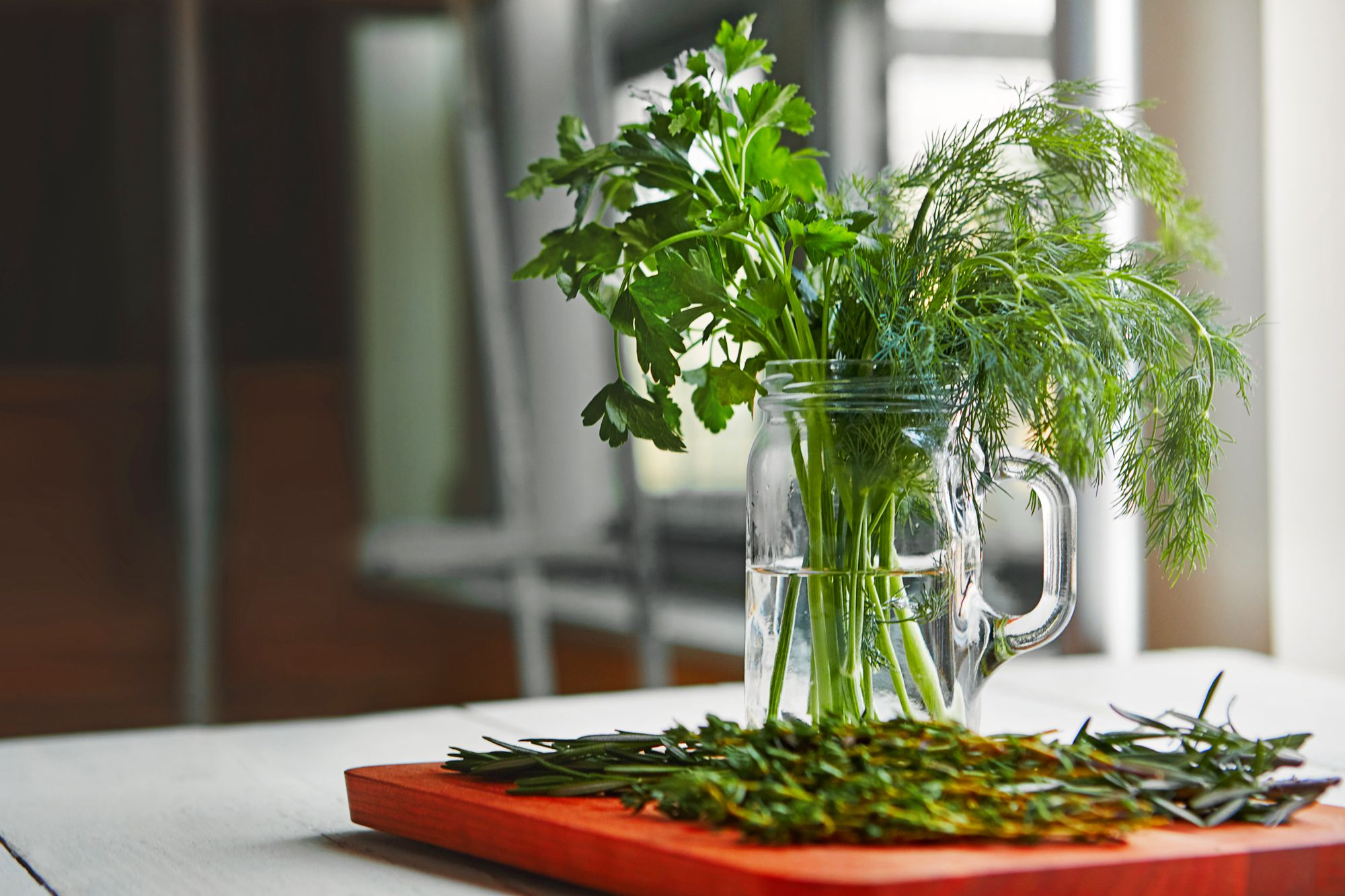
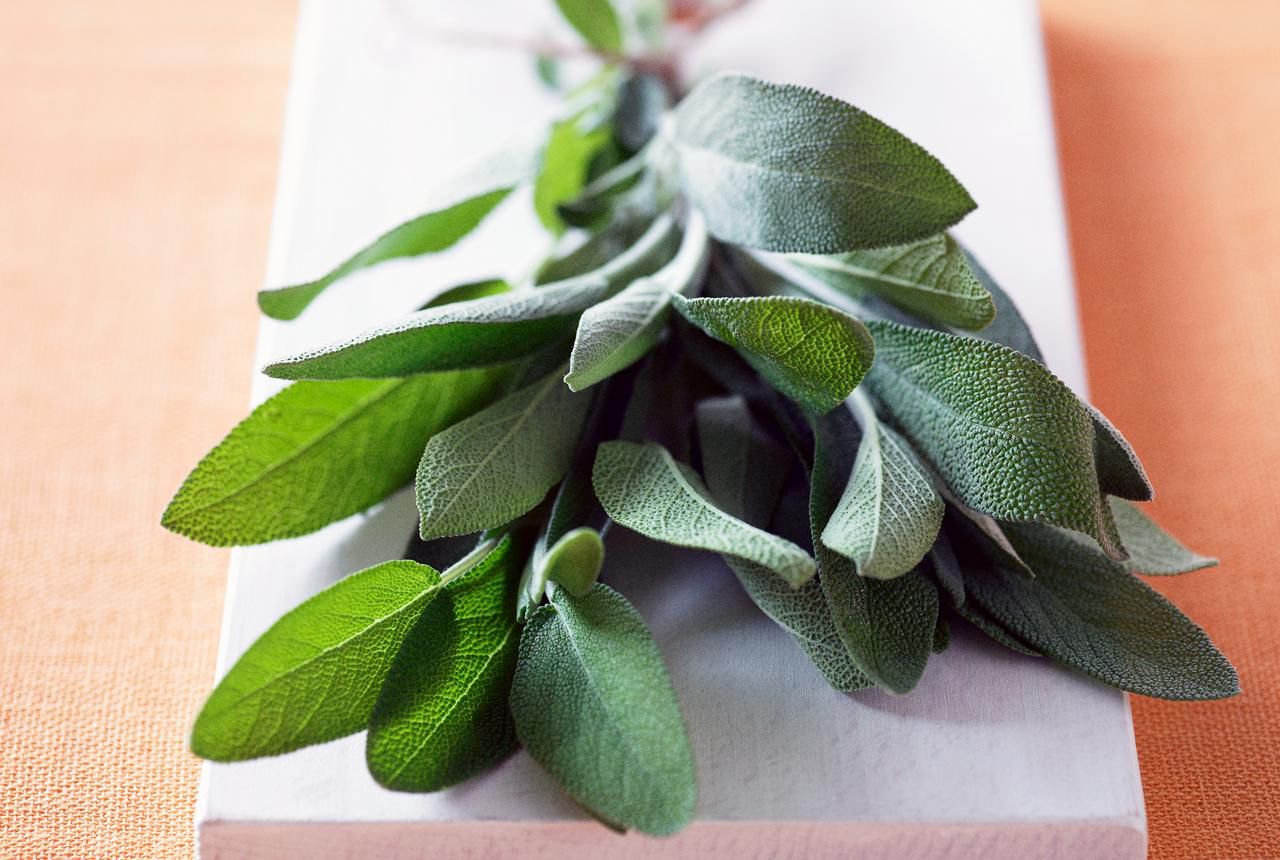
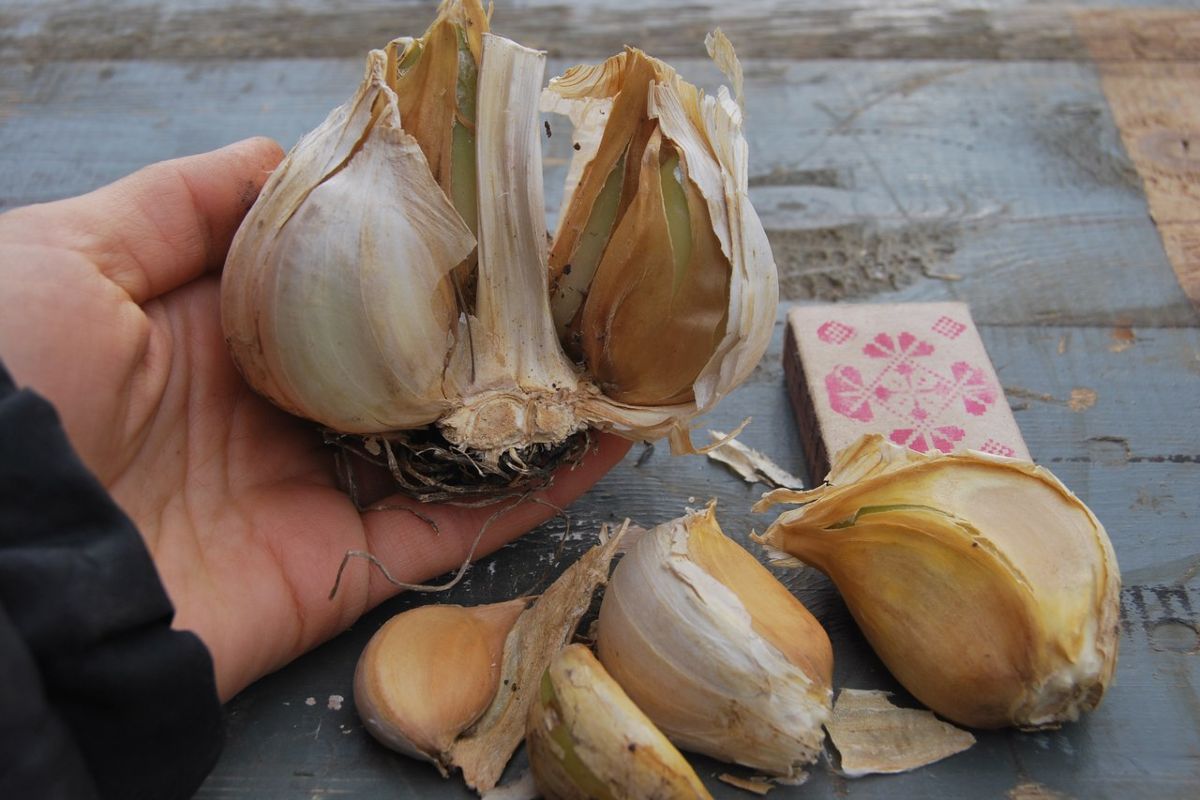
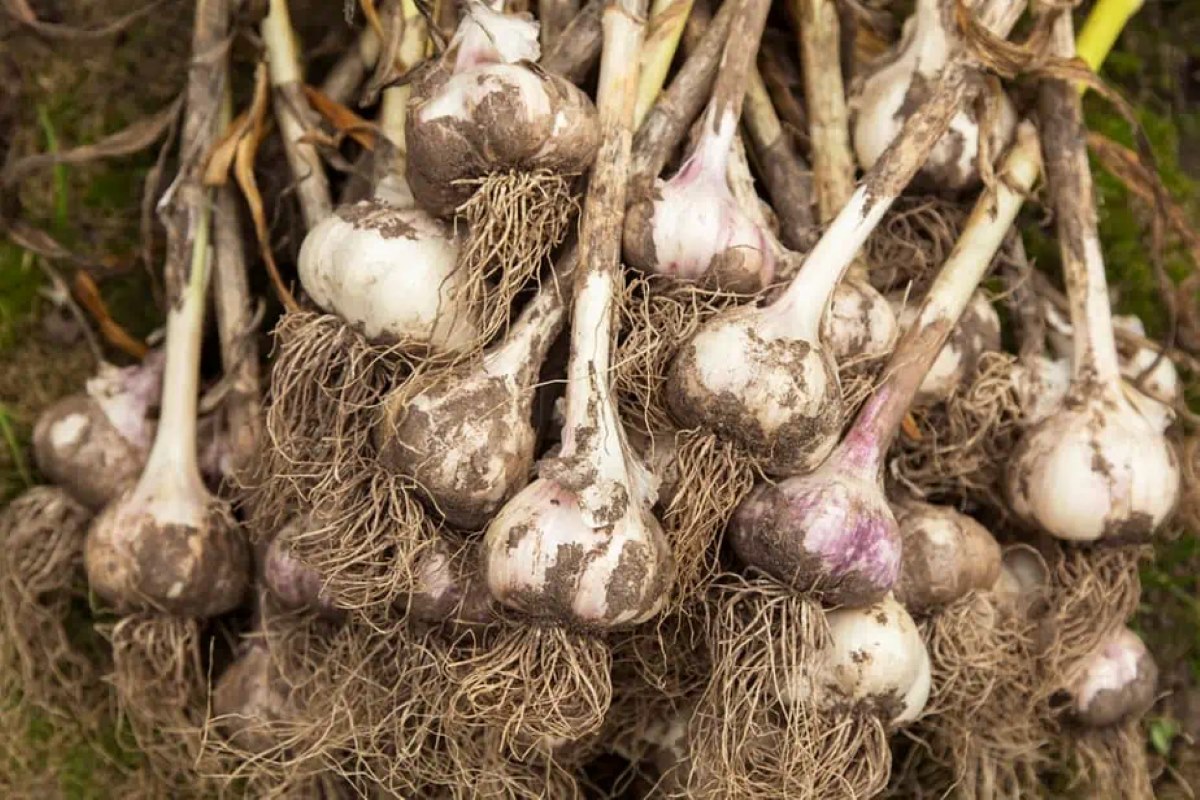
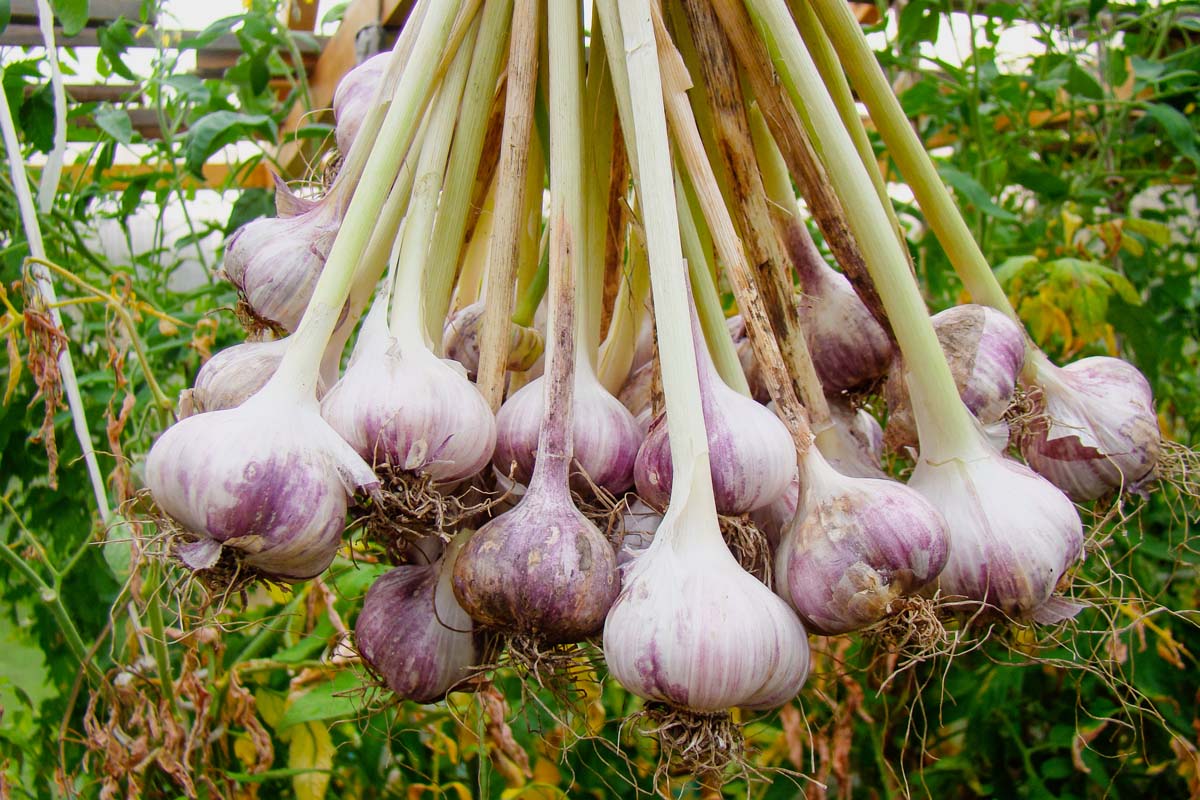
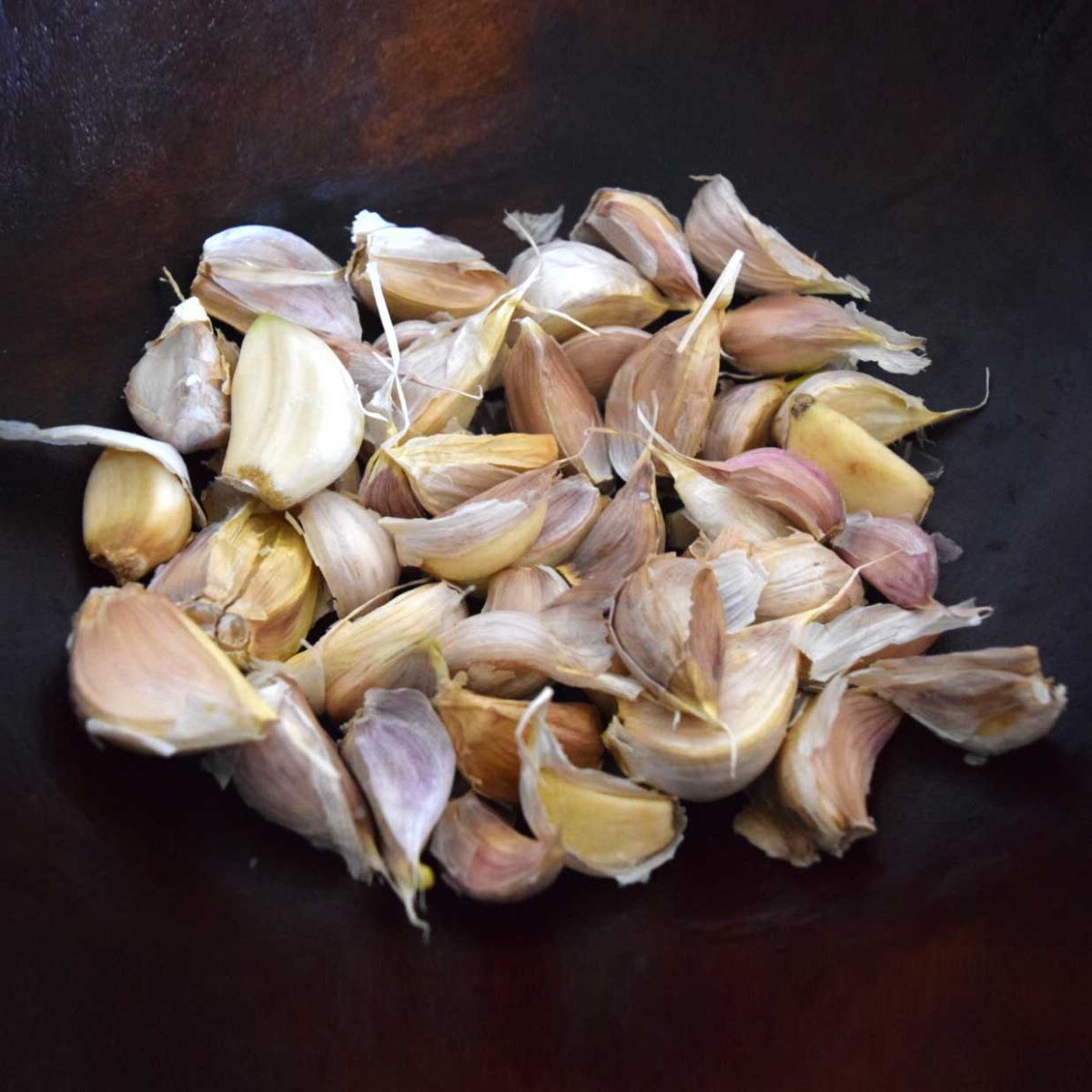
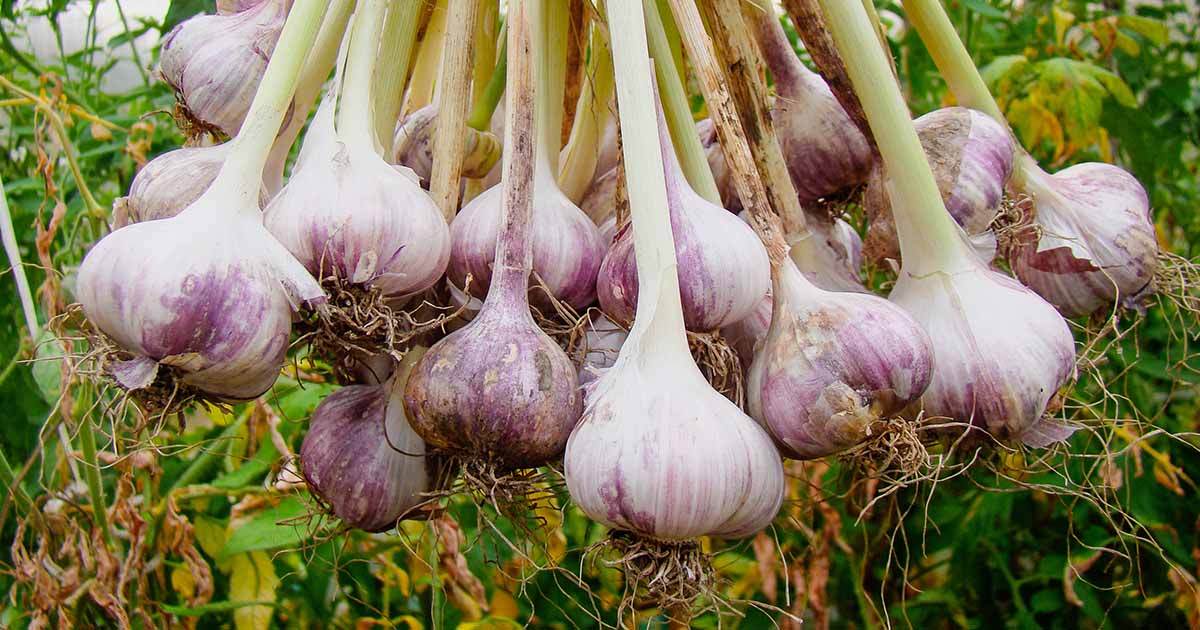

0 thoughts on “How To Store Fresh Garlic From The Garden”